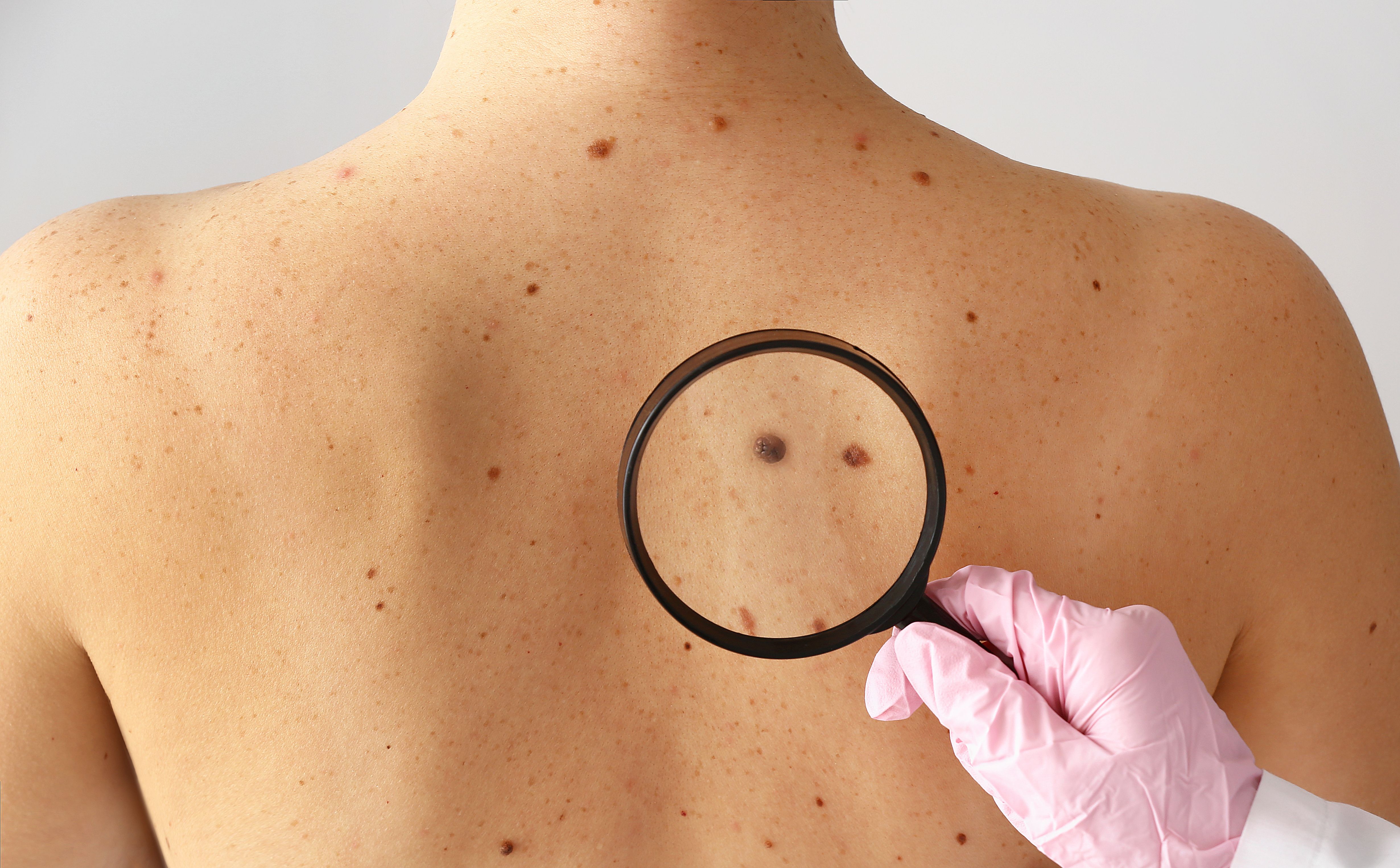- General Dermatology
- Eczema
- Chronic Hand Eczema
- Alopecia
- Aesthetics
- Vitiligo
- COVID-19
- Actinic Keratosis
- Precision Medicine and Biologics
- Rare Disease
- Wound Care
- Rosacea
- Psoriasis
- Psoriatic Arthritis
- Atopic Dermatitis
- Melasma
- NP and PA
- Skin Cancer
- Hidradenitis Suppurativa
- Drug Watch
- Pigmentary Disorders
- Acne
- Pediatric Dermatology
- Practice Management
- Prurigo Nodularis
Article
Skin cancer screenings targeting “right” people
About one third of the more than 118,000 people who received free skin cancer screenings from the AAD’s SPOTme program in 2009 and 2010 indicated they had recently seen a change in the size, shape or color of a mole.

Dr. TsauAbout one third of the more than 118,000 people who received free skin cancer screenings from the American Academy of Dermatology’s (AAD’s) SPOTme program in 2009 and 2010 indicated they had recently seen a change in the size, shape or color of a mole. That’s according to research recently presented at the AAD’s 2017 Annual Meeting in Orlando, Fla.
SPOTme is an AAD program that provides free skin cancer screenings to those who might not otherwise see a dermatologist.
“The study used the AAD SPOTme database to address one question: What are the factors associated with a changing mole among attendees of the AAD skin cancer screenings?” says dermatologist Hensin Tsao, M.D., Ph.D., professor of dermatology at Harvard Medical School and one of the researchers who studied the SPOTme data. “This is an important question since prior data have already shown that an evolving lesion is a significant risk factor for melanoma (hence, the ‘E’ for Evolution in the ABCDE mnemonic).”
Among those studied, non-white (Black and Hispanic) people were more likely to report a changing mole compared to whites. Another finding: uninsured white and Hispanic individuals also were more likely to report a changing mole than their insured counterparts.
“Overall, other risk factors include increasing number of moles, increasing number of sunburns and increasing years of indoor tanning bed use,” Dr. Tsao tells Dermatology Times. “People who always used sunscreen were significantly less likely to report a changing mole.”
The researchers also found that the factors most closely linked with mole changes among screening participants included a high mole count and history of melanoma, as well as, being female and having skin of color, says Dr. Tsao, who is chair of the AAD’s Melanoma/Skin Cancer Community Programs Committee.
The main message to the dermatology community is that skin cancer screenings are drawing the right risk population into surveillance, according to Dr. Tsao.
“The forces that underpin these messages are also important--the public is now more aware of the importance of changing moles and … they view skin cancer screenings as a valuable outlet to have these lesions examined,” he says.





